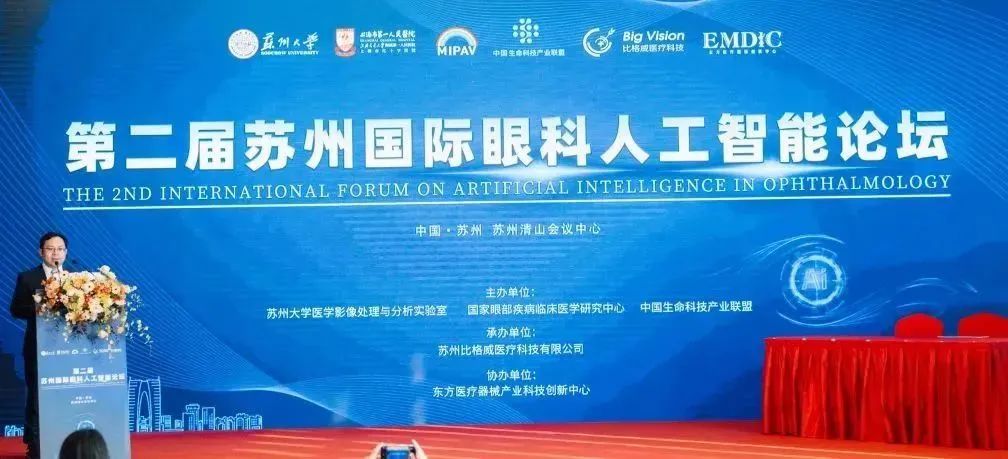
On November 26, 2022, the Second Suzhou International Forum on Ophthalmic Artificial Intelligence was held in Suzhou. The conference was jointly organized by the Medical Image Processing and Analysis Laboratory of Suzhou University, the National Clinical Research Center for Eye Diseases, and the China Life Science and Technology Industry Alliance. It was hosted by Suzhou Big Vision Medical Technology Co., Ltd. and co-organized by the Oriental Medical Device Industry Technology Innovation Center.
The conference invited many well-known scholars in the field of AI and ophthalmology from home and abroad to share their academic insights. Professor Xu Xun from Shanghai First People’s Hospital, Professor Milan Sonka from the University of Iowa in the United States, and Professor Chen Xinjian, a specially-appointed professor at Suzhou University and founder of Big Vision Medical Technology, were especially invited to deliver speeches at the opening ceremony.

Opening speech by Chen Xinjian, specially-appointed professor at Suzhou University and founder of Big Vision Medical Technology.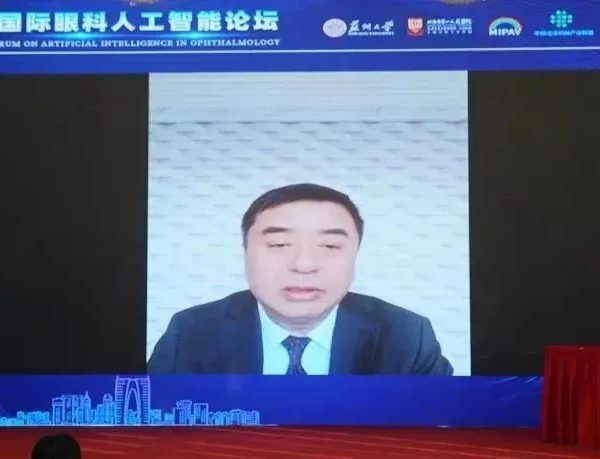
Opening speech by Professor Xu Xun from Shanghai First People’s Hospital. 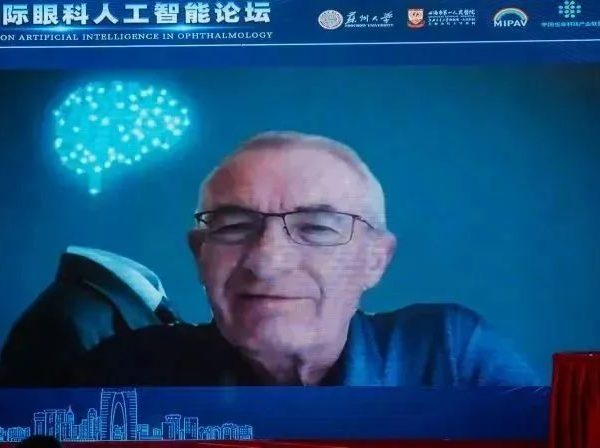
Opening speech by Professor Milan Sonka from the University of Iowa in the United States.
The conference was simultaneously held both offline and online through live streaming. The content was wonderful and diverse, with a total of over 12,000 viewers tuning in to the live stream.
November 26, First Unit of the Second Suzhou International Forum on Ophthalmic Artificial Intelligence.
The forum lasted for two days. In the first day’s First Unit on November 26, four foreign scholars gave academic presentations.
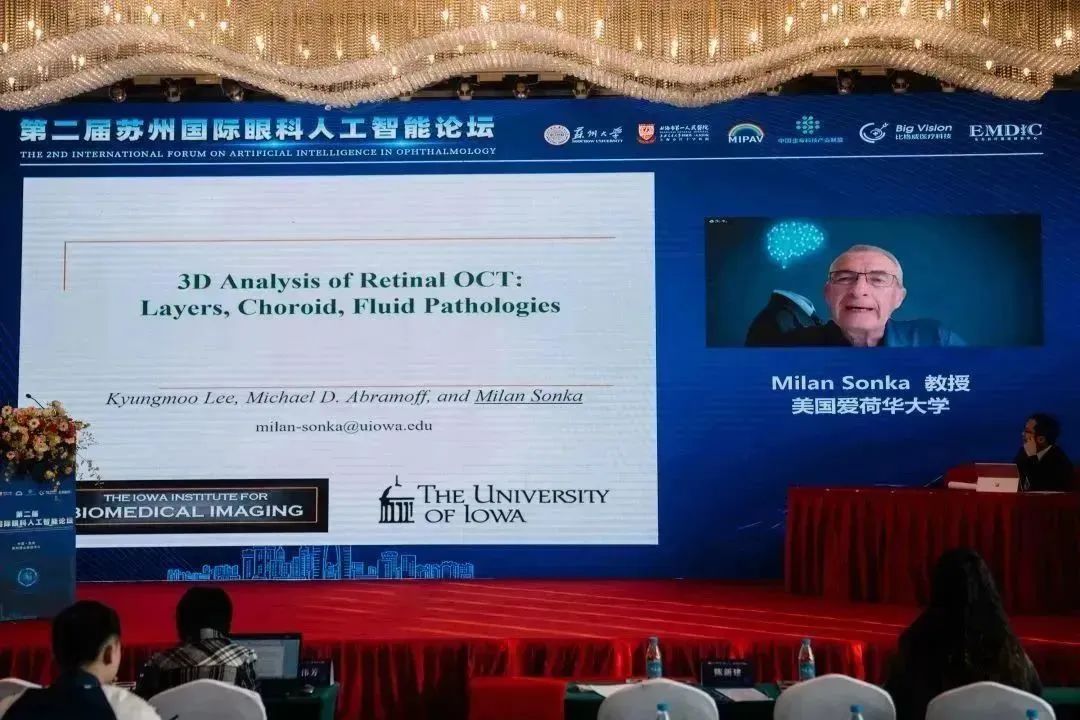
Professor Milan Sonka from the University of Iowa in the United States gave a keynote speech on “3D Analysis of Retinal OCT: Layers, Choroid, Fluid Pathologies”. Professor Xincheng Yao from the University of Illinois at Chicago shared his presentation on “Machine learning for differential artery-vein analysis in OCT angiography”. Professor Yali Jia from Oregon Health & Science University introduced “Deep learning in detecting diabetic retinopathy using OCT angiography”. Professor Huazhu Fu from Singapore’s Agency for Science, Technology and Research (A*STAR) presented her research on “Trusted Medical Image Segmentation”.
November 26, Second Unit of the Second Suzhou International Forum on Ophthalmic Artificial Intelligence.
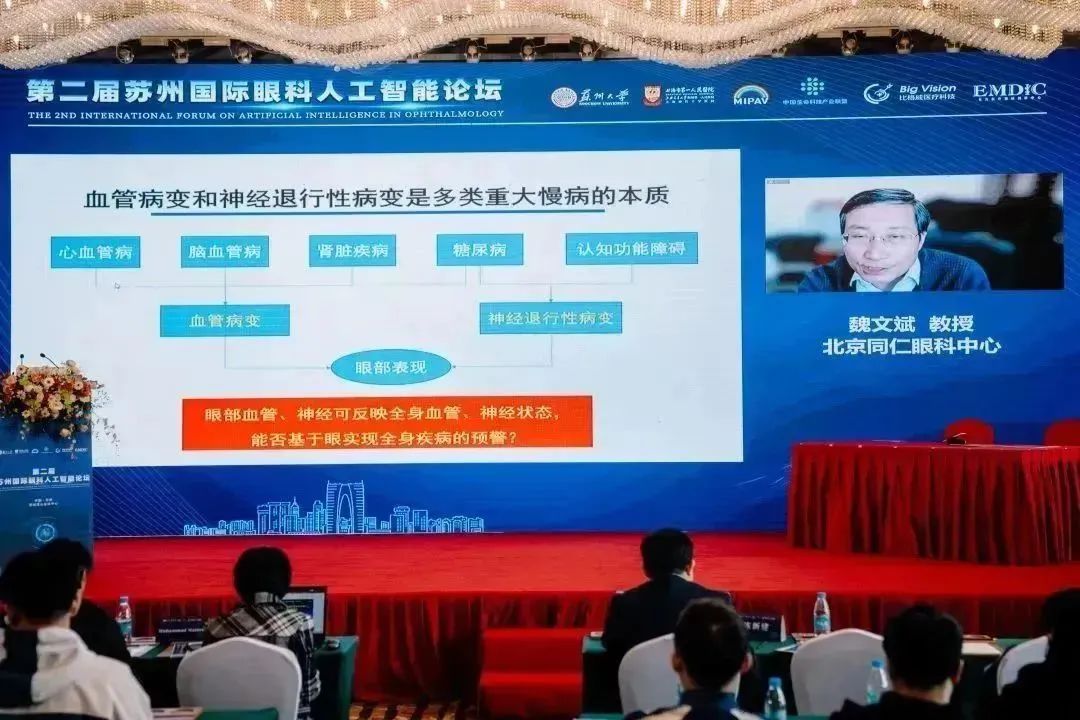
In the second unit, Professor Wei Wenbin from Beijing Tongren Eye Center gave a keynote speech on “Small Eye, Big Health: AI-enabled Eye and Systemic Disease Warning”, sharing in detail the application scenarios of artificial intelligence in ophthalmology, and stating that AI is the core support for future medical development. Professor Zhang Xiulan from Zhongshan Ophthalmic Center at Sun Yat-sen University gave a speech on “Artificial Intelligence and Glaucoma: From Imaging to AI, from Mechanism to Application”, affirming AI’s contribution to improving the diagnosis and prediction of glaucoma, and expressing great confidence in establishing an AI intelligent diagnosis and decision-making platform in the future. Professor Yan Hong from the People’s Hospital of Northwest University and Shaanxi Provincial Eye Hospital gave a speech on “Assessment Methods for Posterior Subcapsular Cataract”. Professor Chen Jili from Shanghai Jing’an District Shibei Hospital gave a speech on “Application of Artificial Intelligence OCT in Community Screening for Diabetic Retinopathy and Macular Degeneration” and affirmed the superiority of the Big Vision MIAS system in OCT image AI application.
November 26, Third Unit of the Second Suzhou International Forum on Ophthalmic Artificial Intelligence.
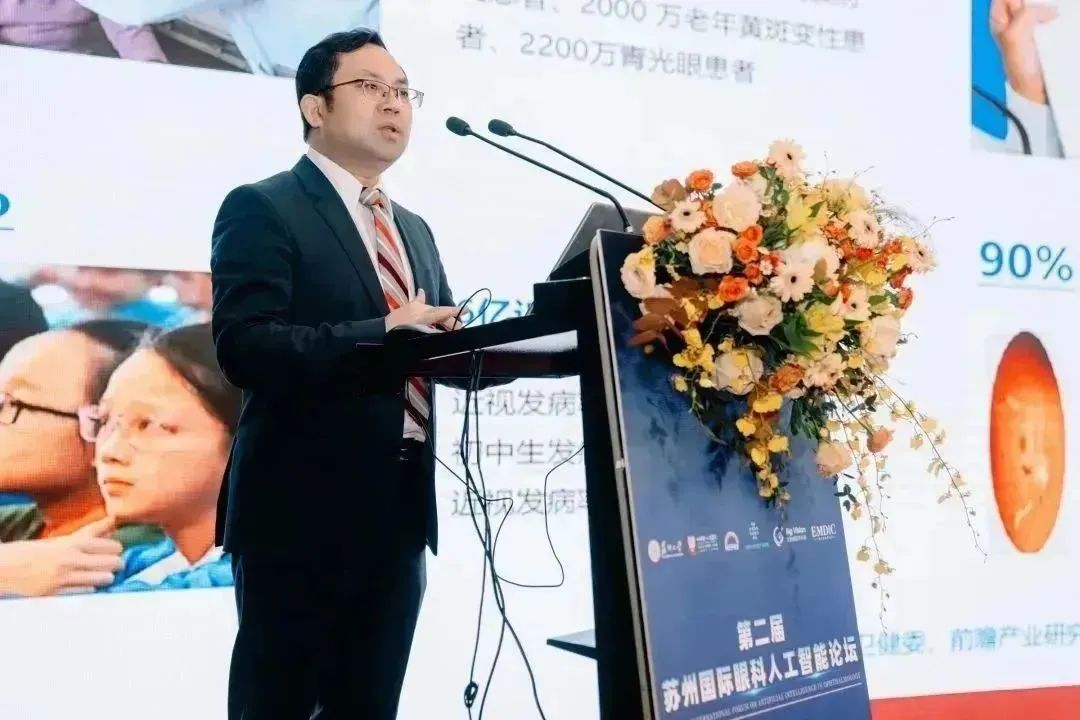
In the third unit, Professor Chen Xinjian from Suzhou University and Big Vision Medical Technology gave a keynote speech on “Artificial Intelligence Diagnosis of Ophthalmic OCT Images”, detailing the latest research results of AI algorithms in the field of ophthalmic OCT and the related achievements of Big Vision Medical. Professor Liu Jiang from Southern University of Science and Technology shared the research progress of the intelligent ophthalmic image processing and the iMED team in 2022. Professor Chen Qiang from Nanjing University of Science and Technology conducted a prediction of the evolution of retinal fundus lesions based on OCT images. Professor Zhao Yitian from Ningbo Institute of Materials Technology and Engineering, Chinese Academy of Sciences, gave a speech on “Viewing Brain Diseases from Fundus: Some Discoveries and Research Progress”. Professor Ivica Kopriva from Ruder Boskovic Institute presented “Tensor models for compression, de-speckling and feature extraction from 3D OCT images”.
November 26, Fourth Unit of the Second Suzhou International Forum on Ophthalmic Artificial Intelligence.
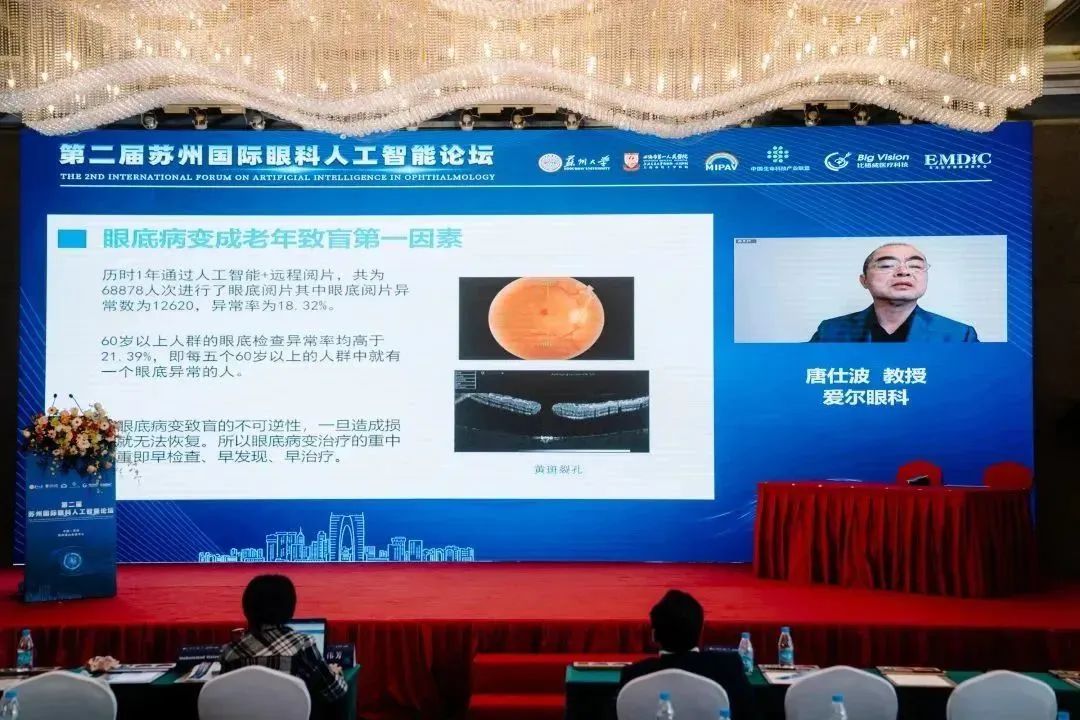
In the fourth unit, Professor Tang Shibao from Aier Eye Hospital introduced the application of new generation imaging technology in the diagnosis and treatment of fundus diseases. Professor Chen Haoyu from Shantou University – The Chinese University of Hong Kong Shantou Ophthalmic Center gave a keynote speech on artificial intelligence-based choroidal thickness estimation. Professor Yan Wentao from Wenzhou Medical University Affiliated Eye Hospital gave a keynote speech on deep learning-assisted ultrasound detection of retinal macular holes, sharing research results and perfecting the combination of artificial intelligence and ultrasound detection of retinal macular holes for the first time. Professor Li Suyan from Xuzhou First People’s Hospital gave a keynote speech on the practice and conceptualization of AI screening system for diabetic retinopathy, focusing on the problems faced by grassroots diabetic retinopathy screening and sharing the advantages and development of diabetic retinopathy screening AI. Professor He Xingru from Liaoning He Medical College shared a keynote speech on the landing applications and challenges of ophthalmic artificial intelligence. Professor Hrvoje Bogunovic from Medical University of Vienna presented a keynote speech on “The role of AI in the management of patients with age-related macular degeneration”.
November 27, First Unit of the Second Suzhou International Forum on Ophthalmic Artificial Intelligence.
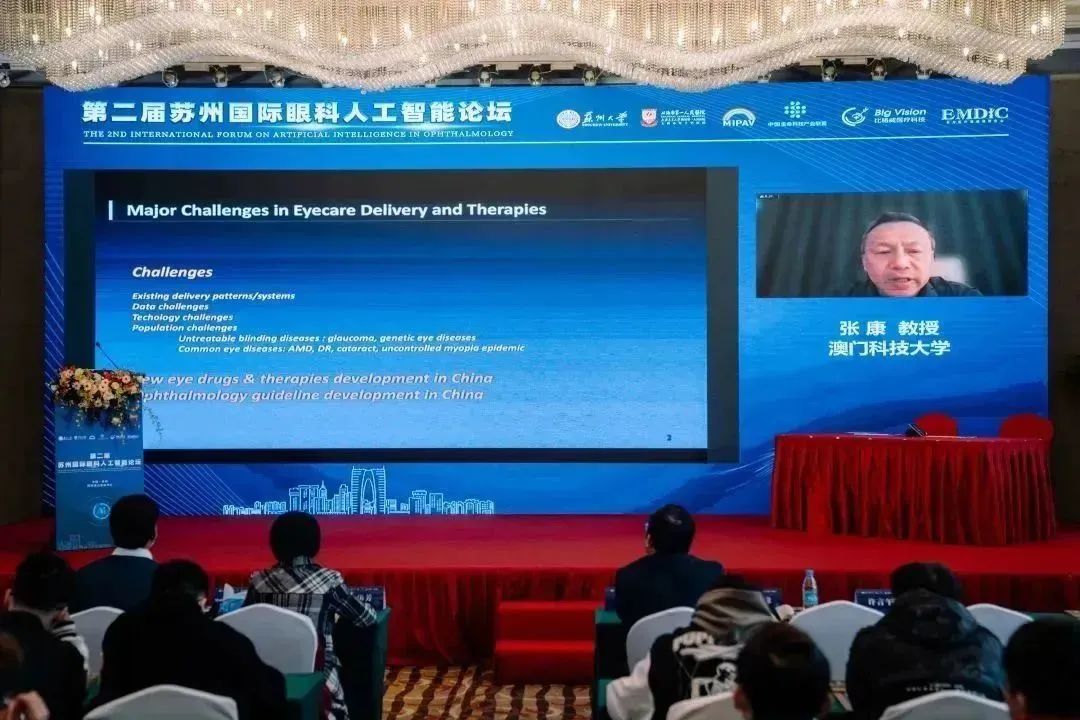
On the 27th, in the first unit of the Second Suzhou International Forum on Ophthalmic Artificial Intelligence, Professor Zhang Kang from Macau University of Science and Technology gave a keynote speech on how big data and artificial intelligence assist in the diagnosis and treatment of ophthalmic diseases and the development of innovative drugs, sharing the precise diagnosis and treatment application results of Macau University of Science and Technology and its affiliated hospitals in ophthalmology, stem cells, medical artificial intelligence drug research and medical health. Professor Chen Youxin from Peking Union Medical College Hospital gave a keynote speech on AI-based multi-disease diagnosis and triage using fundus imaging technology, explaining in detail how artificial intelligence + fundus camera can assist in screening and managing retinal diseases. Professor Lü Fan from Wenzhou Medical University gave a keynote speech on how big data and AI empower proactive eye health, detailing the specific applications and contributions of big data and AI in community and campus eye health screening. Professor Sun Dawei from Harbin Medical University Second Affiliated Hospital gave a keynote speech on the application and exploration of intraoperative OCT, focusing on sharing the specific application of artificial intelligence navigation in intraoperative OCT.
November 27, Second Unit of the Second Suzhou International Forum on Ophthalmic Artificial Intelligence.
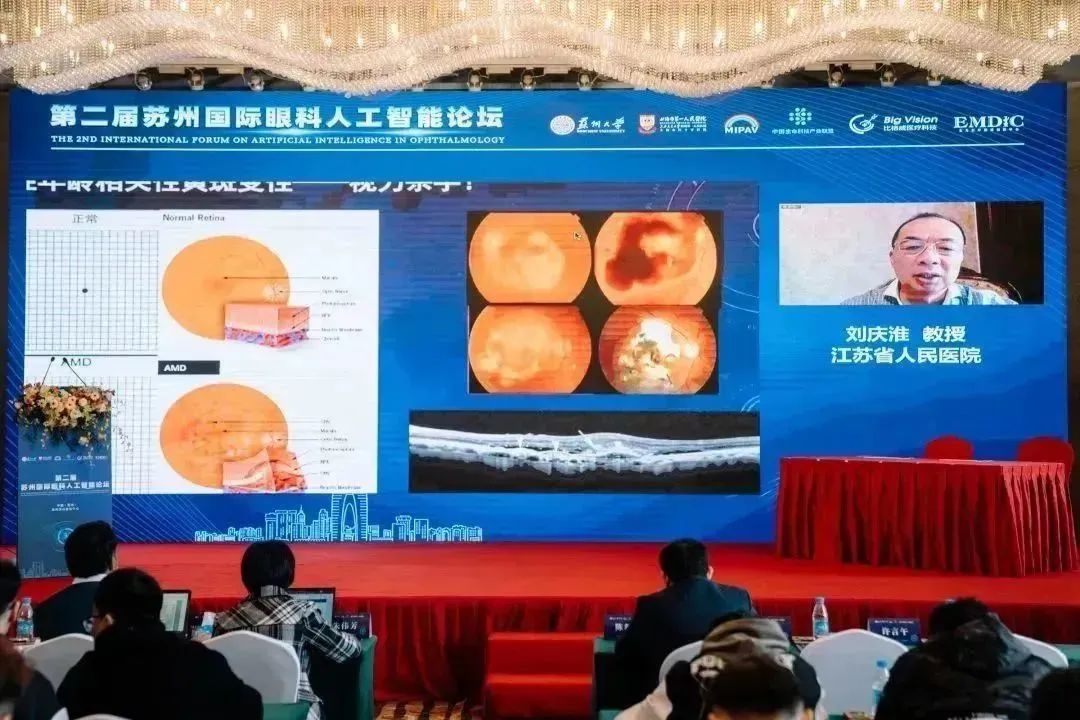
In the second unit, Professor Liu Qinghuai from Jiangsu Provincial People’s Hospital gave a keynote speech on the use of artificial intelligence for predicting CNV volume in anti-VEGF therapy. Professor Song Zongming from Henan Provincial People’s Hospital shared insights on different sample size AI learning methods in fundus research. Professor Yu Honghua from Guangdong Provincial People’s Hospital introduced the creation and application of an intelligent diagnosis and treatment system for eye, heart, brain, and kidney diseases, sharing a diagnosis and treatment system that has evolved from innovative retinal image processing to intelligent diagnosis and treatment of eye diseases to early screening, prevention, and treatment for heart, brain, and kidney diseases. Professor Zhang Xiaofeng from the First Affiliated Hospital of Soochow University gave a wonderful academic presentation on the diagnosis and differential diagnosis of early keratoconus.
November 27, Fourth Unit of the Second Suzhou International Forum on Ophthalmic Artificial Intelligence.
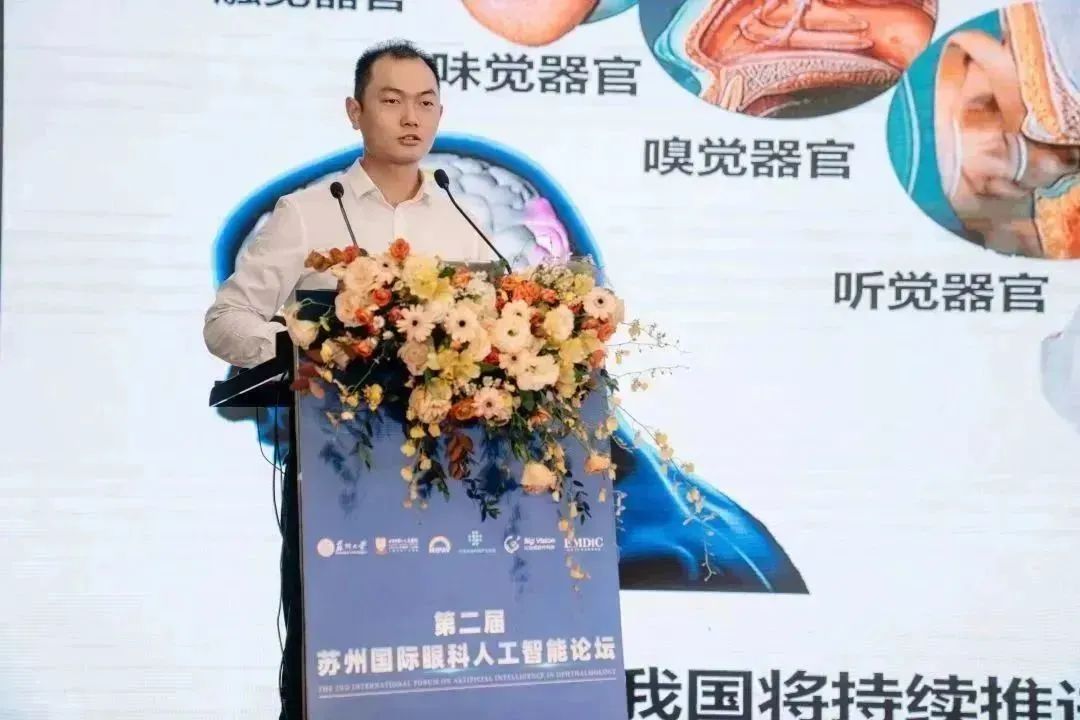
In the third unit, Professor Fang Leyuan from Hunan University gave a comprehensive review of weakly supervised ophthalmic OCT image reconstruction and analysis. Professor Zhu Weifang from Soochow University gave a keynote speech on the processing and analysis of high myopic fundus images. Professor Xu Yanwu from Baidu shared the first National Class III Certificate for AI medical devices for glaucoma, from research to implementation. Professor Muhammad Mateen from Soochow University brought a keynote sharing on the current and future perspectives of ophthalmology and AI.
November 27, Fourth Unit of the Second Suzhou International Forum on Ophthalmic Artificial Intelligence.
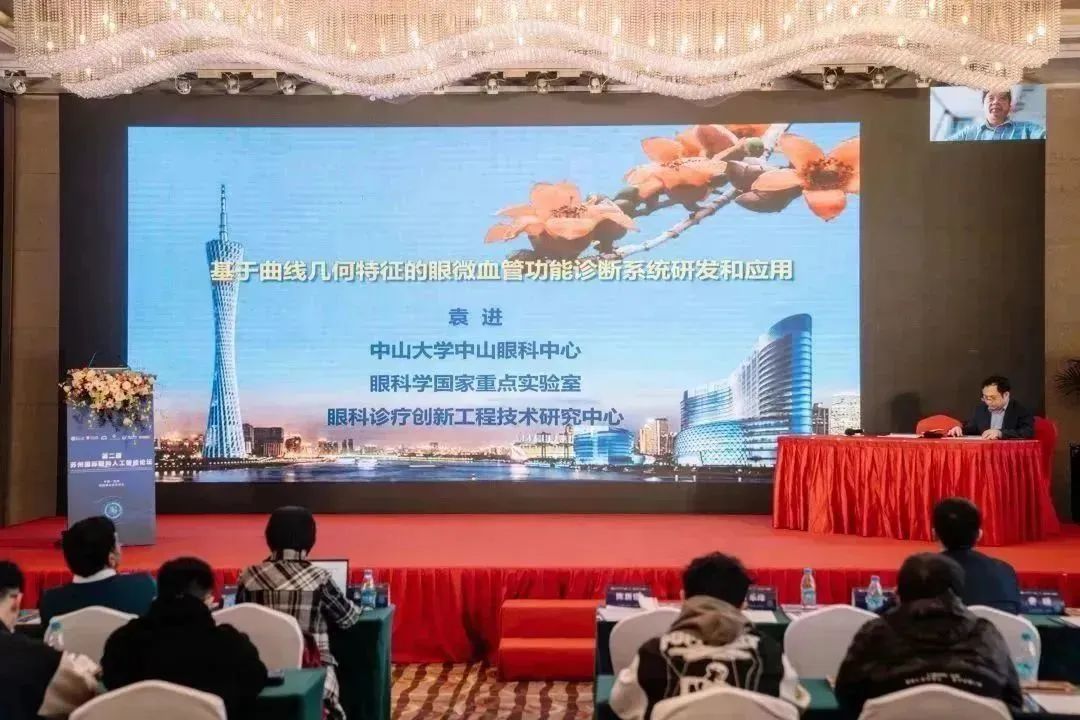
In the fourth unit, Professor Xu Xun from Shanghai First People’s Hospital gave a speech on the application of axial measurement in myopia prevention and control, sharing the use of artificial intelligence in myopia prevention and control. Professor Yuan Jin from Zhongshan Ophthalmic Center of Sun Yat-sen University shared the research and application of an intelligent ophthalmic image diagnosis system based on curve geometry features. Professor Liu Zhiqiang from Hebei Eye Hospital introduced the application of ultra-wide-angle OCT in ocular fundus diseases.
Roundtable discussion, Second Suzhou International Forum on Ophthalmic Artificial Intelligence.
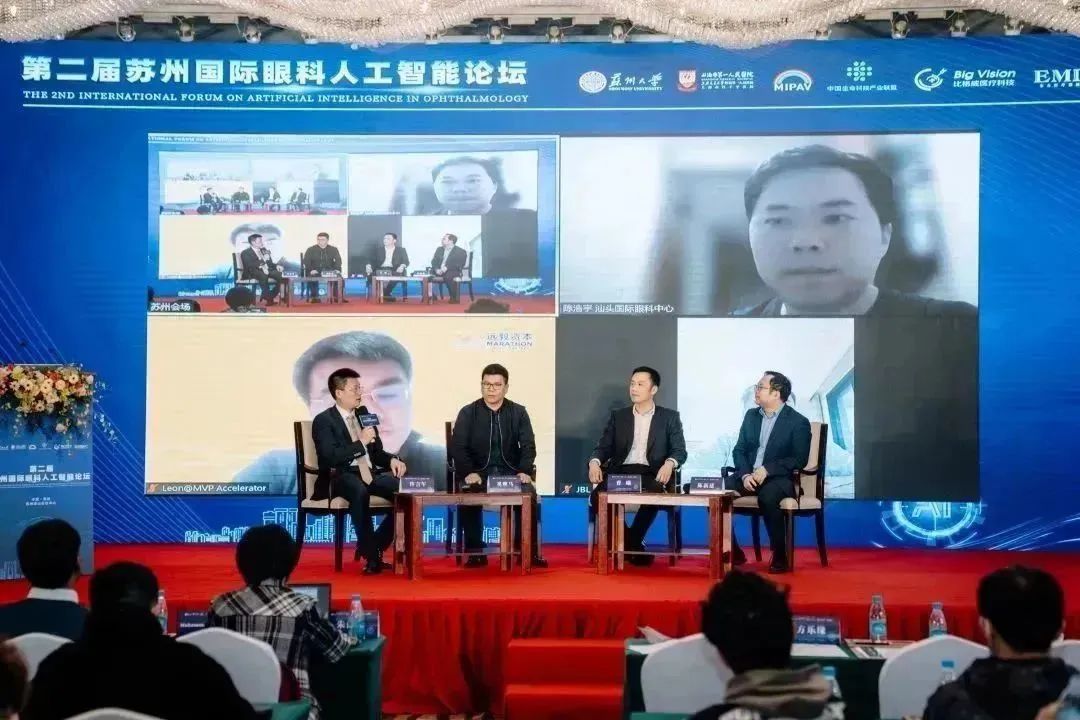
In the final session of the conference, the roundtable discussion on “Development and Challenges of Ophthalmic AI” pushed the conference to a climax. Two representatives from investment institutions, Cao Xi from Yisheng Capital and Li Yang from Yuanhui Capital, together with Professor Xu Xun, Professor Chen Haoyu, Professor Yuan Jin, Professor Xu Yanwu, Professor Xi Jima, and Professor Chen Xinjian, discussed new directions and characteristics in ophthalmic AI research, the clinical value and application of multimodal ophthalmic AI, the role of ophthalmic AI in new drug development and systemic chronic diseases, how to establish a primary community screening system for ophthalmic AI, how Shanghai and Shenzhen successively released the “Regulations on Promoting the Artificial Intelligence Industry,” and how Hainan is accelerating the promotion of digital therapy. The six topics, including the opportunities and risks of ophthalmic AI investment, had enlightening and forward-looking discussions on the technical frontier hotspots and application prospects of ophthalmic AI, as well as the remaining technical problems. The collision of wisdom allowed everyone to enjoy a feast of ideas.
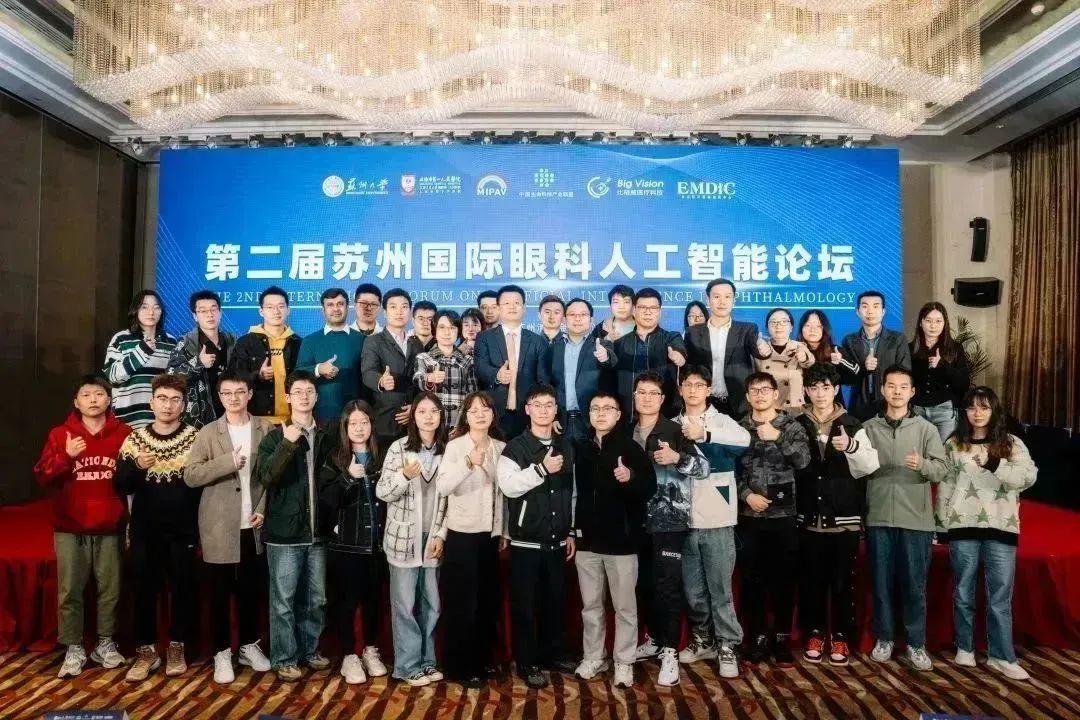
The conference concluded successfully. In the future, the Suzhou International Forum on Ophthalmic Artificial Intelligence will continue to build academic forums with AI themes, invite more domestic and foreign ophthalmic colleagues to focus on hot issues, exchange cutting-edge technologies, build a high-level academic communication platform in the field of ophthalmic AI, and empower ophthalmic diagnosis and treatment with artificial intelligence.
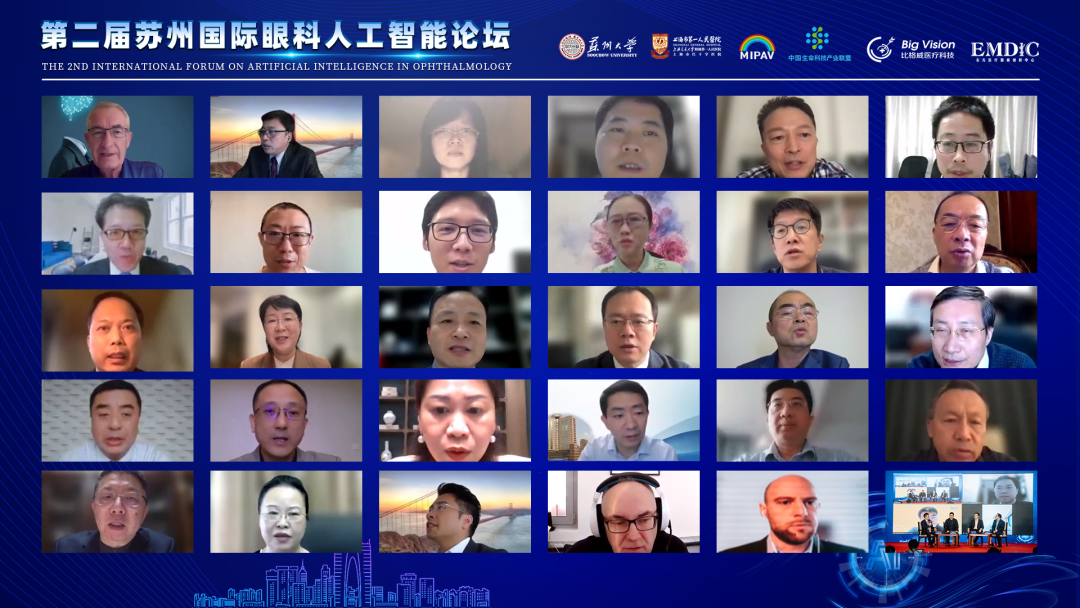
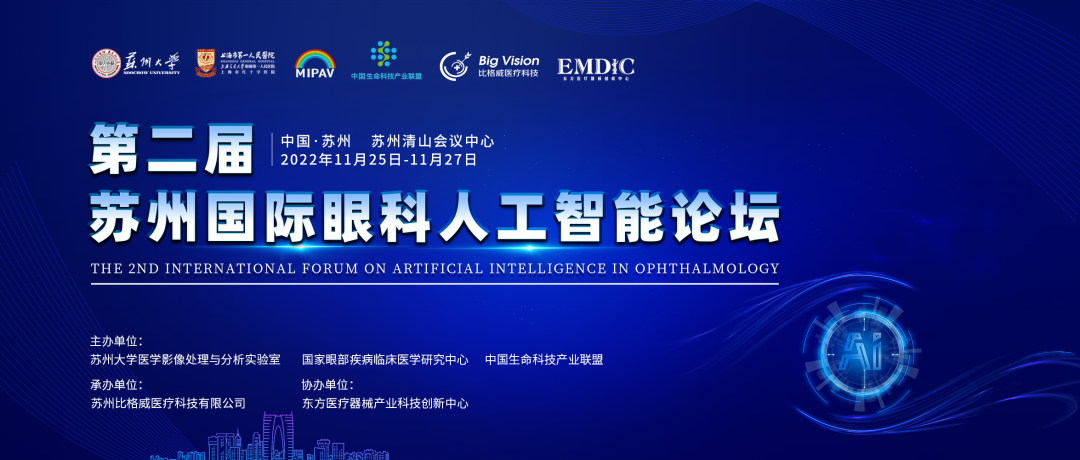




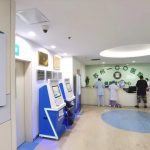




No comments yet.